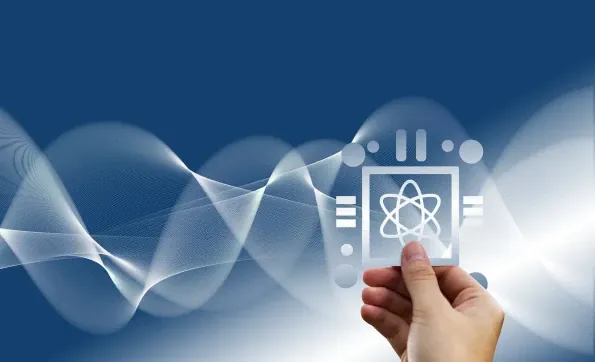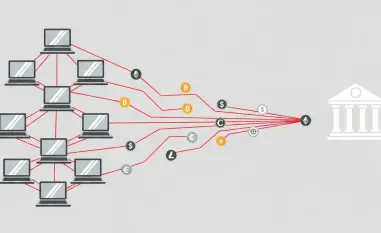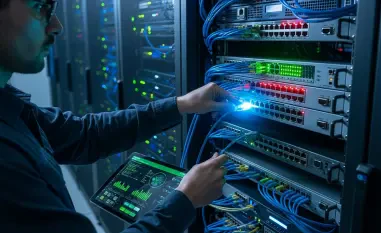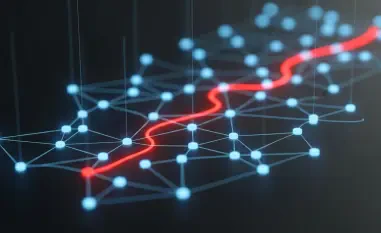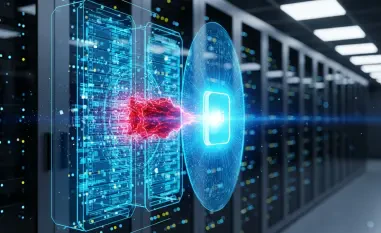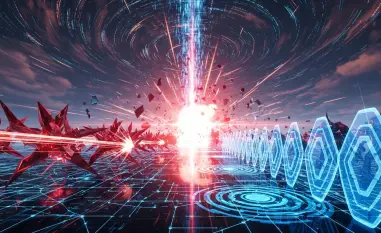In the evolving landscape of global defense, U.S. officials are increasingly concerned about the threats posed by advanced technologies such as quantum computing and artificial intelligence (AI) to satellite security. The discussion, highlighted during the CyberSat event in November, offered insights from key figures within the U.S. Space Force, Air Force, Marine Corps, and Pentagon. These officials emphasized the dual-edged nature of these technologies, which not only create new vulnerabilities but also enhance defense capabilities in the commercial space sector.
Quantum Computing: A Double-Edged Sword
James “Aaron” Bishop, Chief Information Security Officer (CISO) for the Department of the Air Force, drew a striking analogy to the first Jurassic Park movie to describe the current state of investment in quantum computing and AI. He emphasized that the scientific community, much like the reckless scientists in the movie, is focused on advancing these technologies without fully contemplating the potential consequences. Bishop particularly highlighted the threats posed by quantum-enabled cyberattacks, which could drastically reduce the time attackers need to identify and exploit vulnerabilities in IT networks, leaving less opportunity for detection and response.
The formidable capability of quantum computing to rapidly map and understand IT network vulnerabilities is a significant concern. Quantum computers leverage the unique properties of subatomic particles, enabling ultra-fast computation and problem-solving. While this ability is exciting, it could lead to several disruptive impacts, especially in the field of cryptography. Quantum computers could potentially decrypt communications that are currently considered secure, a threat recognized through practices like “harvest now, decrypt later,” where adversaries intercept encrypted communications now, anticipating their decryption with future, more powerful quantum computers.
Trust and Trustworthiness in AI
Addressing these risks, the Department of Defense (DoD) places a prominent emphasis on trust and trustworthiness, particularly concerning AI systems. Kimberly Sablon, from the Office of the Assistant Secretary of Defense for Critical Technologies, discussed the dynamic nature of this trust. She stressed that trust in AI systems involves having justified confidence in their performance based on observable evidence. This means that a system must operate reliably and consistently within user-defined goals and expectations. To measure and ensure this trustworthiness, the DoD established the Center for Calibrated Trust Measurement and Evaluation (CaTE) at Carnegie Mellon University, which is tasked with developing metrics and methods to observe and correct deviations in a system’s performance.
Sablon also emphasized the importance of understanding the limitations of AI, particularly when it comes to autonomy. She suggested that sometimes lower-tech solutions might outperform autonomous systems, especially in space applications. However, the competitive landscape, especially with China and other adversaries, further complicates this issue. There is a concern that stringent regulations on U.S. research into these technologies could impede progress. In contrast, adversaries less concerned with risk could advance more rapidly by skirting these regulations.
The Necessity of Quantum Research
Bishop maintained that while quantum research is necessary, it should be approached thoughtfully to avoid unintended consequences. The U.S. must consider broader implications beyond the mere development of these technologies. With quantum advancements, current encryption methods are rendered obsolete, necessitating a shift towards algorithm agility. This concept involves being ready to modify encryption algorithms continually to stay ahead of potential quantum-enabled decryptions. This proactive stance ensures that encryption methods remain robust and secure as quantum computing capabilities evolve.
Another fascinating application of quantum technology is quantum sensing, which utilizes the unique properties of subatomic particles to measure phenomena with unparalleled precision. This capability is significant because it can potentially serve as a backup for GPS and other satellite-based Position, Navigation, and Timing (PNT) services. Therefore, it ensures that critical military operations can continue unimpeded even if GPS systems are compromised. David DiEugenio, CIO for the U.S. Marine Corps recruiting enterprise, elaborated on the additional capabilities of quantum sensing, such as the precise identification of friendly versus enemy forces in warfare. This capability is invaluable for enhancing battlefield awareness and decision-making.
Quantum Communications and Strategic Concerns
Quantum communications, another significant branch of quantum technology, shows promise for ultra-secure communications by exploiting the phenomenon of superposition, in which a quantum particle (qubit) exists in multiple states simultaneously. Any interference, such as eavesdropping, collapses this state, thereby revealing the breach. This technology could be critical for ensuring the security of satellite communications, maintaining the integrity of PNT information, and situational awareness data.
However, the potential threats posed by quantum technologies cannot be ignored. Chief Master Sgt. Ronald Lerch of U.S. Space Systems Command highlighted a particularly daunting “nightmare scenario.” In this scenario, the Chinese People’s Liberation Army (PLA) could employ quantum communications from a cislunar location—an area in space that is challenging for adversaries to reach or monitor. This strategic advantage would allow the PLA to exert unhindered command and control over its global forces, thereby significantly altering the balance of power and presenting a substantial threat to U.S. interests.
AI in Space Situational Awareness
In the constantly changing global defense landscape, U.S. officials are growing increasingly concerned about the risks posed by cutting-edge technologies like quantum computing and artificial intelligence (AI) to satellite security. This topic was a central focus at the CyberSat event held in November, where key figures from the U.S. Space Force, Air Force, Marine Corps, and Pentagon shared their insights. These officials highlighted the double-edged nature of these technologies. While AI and quantum computing introduce new vulnerabilities that could be exploited by adversaries, they also offer significant potential to bolster defense capabilities within the commercial space sector. The dual-use nature of these technologies means they can enhance defensive strategies but simultaneously create new challenges that require careful navigation. This balance between advancing technological innovation and maintaining security is a critical component of the broader national defense strategy, necessitating ongoing vigilance and adaptation.
